The question, "How long does a tire last?" tends to be followed by several others like, “What causes a tire to wear? When should tires be replaced? What can be done to make tires last longer?” Fortunately, we can help provide clarity around these questions.
There is no exact answer to how long a particular tire will last, but there are things a driver can do to get the most out of their tire investment and avoid driving on unsafe tires. On average, people drive between 12,000 to 15,000 miles a year, which means the average good quality all-season tire will last somewhere between three and five years, depending on maintenance, driving style and conditions, etc.
The National Highway Traffic Safety Association (NHTSA) states a driver is three times more likely to be involved in a crash caused by poor tire condition. Safer is smarter when it comes to the health of tires, so if there is ever a question on tread wear or age, have the tires checked.
Multiple factors play a role in how long a tire may remain in service. Miles driven, road conditions, driving style, maintenance and age all affect how long a tire lasts.
Worn vs. Aged
Tires naturally wear the more they are driven and worn out tires provide reduced traction compared to those with adequate tread, especially in adverse weather conditions. Most drivers understand worn out tires (remaining tread depth at or below 2/32”) should be removed from service.
Many drivers are not aware that minimally used tires, like the ones on recreational vehicles, collectible cars, or even spare tires, tend to experience aging instead of wearing, due to a lack of driving. An aged tire has a substantial amount of tread; however, the structural integrity of the tire is weaker because the tire needs to be driven for the chemicals in the rubber to remain effective.
Curbs, Potholes, and Other Hazards
Hitting curbs or driving on roads in poor condition (potholes, broken pavement, poorly graded railroad crossings, unpaved roads, etc.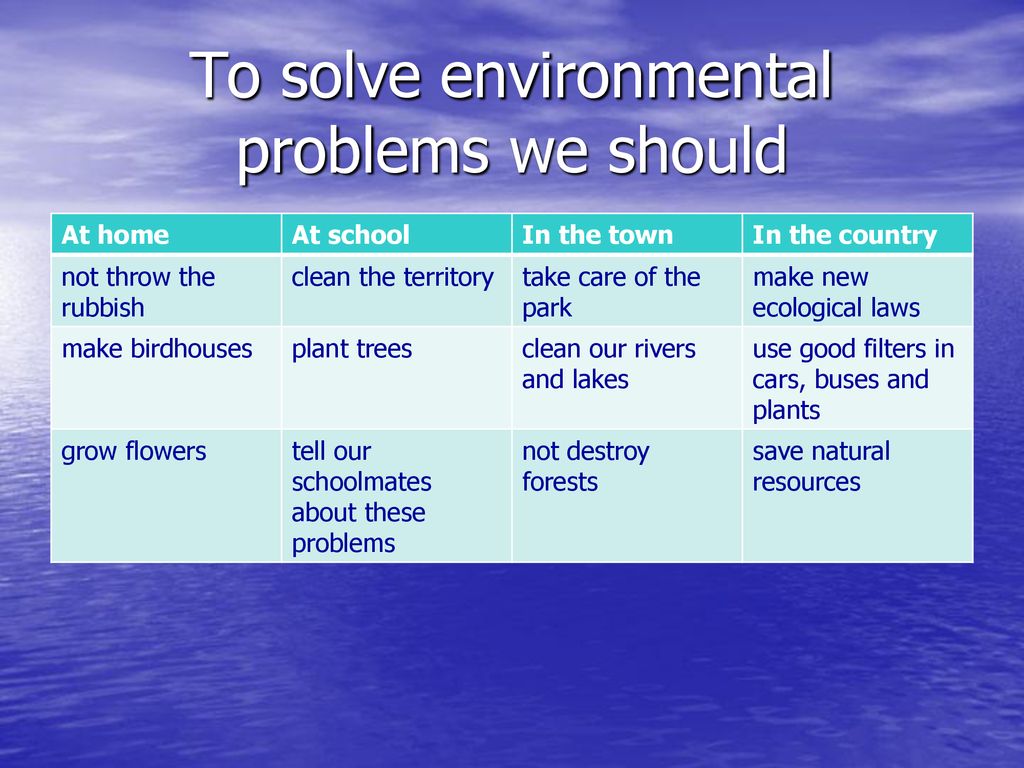 ) can cause misalignment, and suspension damage that affects tire wear. If your daily drive includes these challenges, be sure to schedule annual suspension, alignment and tire checks.
) can cause misalignment, and suspension damage that affects tire wear. If your daily drive includes these challenges, be sure to schedule annual suspension, alignment and tire checks.
Weather Conditions
Driving in poor weather conditions like ice, snow, and rain can cause tires to wear quicker because they must work harder to maintain traction. Purchasing tires that are specially engineered to perform in specific weather conditions can provide drivers with an extra measure of traction and control (meaning greater safety) while delivering good treadwear.
Bridgestone offers different types of tires designed to keep you and your car safe during any weather or road condition. For example, Bridgestone's Blizzak tire series is built to perform in harsh winter weather conditions providing durable traction on snowy and icy roads, and the Dueler tire series is one of several that offer a secure grip on wet road conditions for areas that experience heavy rain.
Poor Driving Habits
Poor driving habits like hard cornering, quick acceleration, and sudden braking can increase the stress on tires tremendously, causing them to wear rapidly. Drivers can extend the life of their tires significantly by avoiding aggressive driving.
Drivers can extend the life of their tires significantly by avoiding aggressive driving.
Neglected Maintenance
It is important to regularly have tires checked for damage, to maintain air pressure levels, and to keep tires aligned and rotated. Without proper maintenance, tire life can be reduced by as much as half - even more, in some cases.
If the below signs are evident with your tires, it may be time to have them replaced.
Low Tread Depth
Tread loss is a significant sign a tire needs to be replaced. Low tread is a sign driver can physically see happening on their tire. Depending on the part of the tire that is wearing, there may be other problems with the vehicle.
Pronounced inner or outer shoulder wear: tires are misaligned
Edge of the shoulder wear: tires are under-inflated, need to be rotated or both.
Center wear: tires may be overinflated or have been subjected to extremely hard acceleration.
Cupped wear: the vehicle is experiencing suspension problems
All tires have tread wear indicators built-in, but if the tread looks low take time to do the penny test on the tires.
Rough Drive
If you’re experiencing a vibration (particularly if it just started), or high (and increasing) levels of tire noise it may be a sign your tires are out of balance, not wearing properly or have a structural issue. In some cases, this may affect safety, so have your tires checked by a qualified professional asap.
DOT Number
The U.S. Department of Transportation (DOT) number on the tire’s sidewall is another way to help keep track of when they need to be replaced. It’s easy to identify - look for the letters “DOT” followed by eleven or twelve letters and numbers. On tires made after the year 2000 the final four digits signify the week and year of manufacture. So, a tire with “3618” would have been made in the 36th week or 2018. A tire that has a 3-digit week-and-year code means the tire was made before the year 2000 and should be replaced due to age.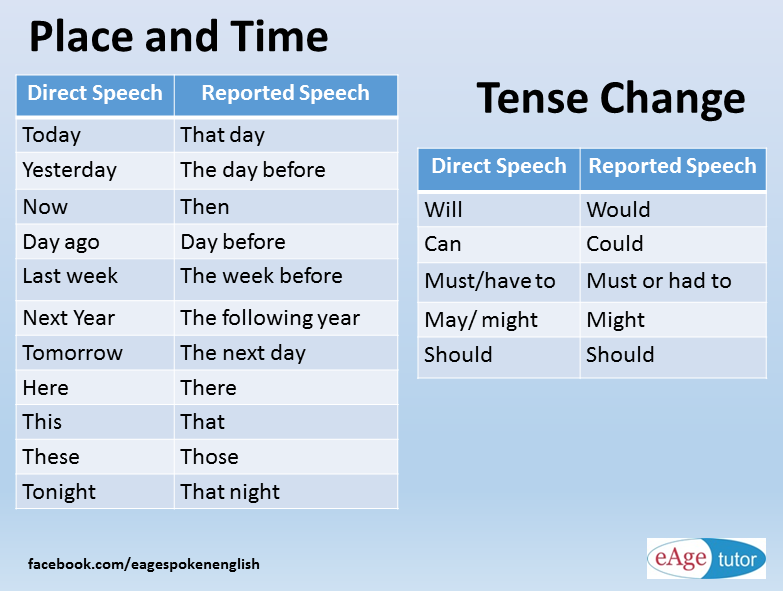
Bridgestone recommends that its Bridgestone or Firestone brand tires be removed from service after ten years regardless of their remaining tread depth. They also recommend periodic inspections by a qualified technician for damage such as punctures, impact damage, signs of improper inflation or overloading, or other conditions resulting from the use or misuse of the tire.
Tires are both one of the largest maintenance expenses a vehicle owner is likely to face, and one of the most critical in terms of driving safety and performance. For both reasons it’s important to care for them properly. Bottom line: good maintenance and driving habits help keep drivers safe, and it saves them money by extending tire life.
Easy Does It
Tire life can be reduced by as much as half when they’re subjected to a lot of hard braking and aggressive acceleration from a standstill. Avoiding tailgating to reduce the need for frequent hard braking will increase tire life. Easing into the throttle when pulling away from a stop reduces strain on the tires and improves wear. Slowing before sharp corners also reduces stress on tires, as does avoiding potholes and broken pavement when possible. If you’re interested in spending less on tires, following these steps can help.
Easing into the throttle when pulling away from a stop reduces strain on the tires and improves wear. Slowing before sharp corners also reduces stress on tires, as does avoiding potholes and broken pavement when possible. If you’re interested in spending less on tires, following these steps can help.
Regular Maintenance
Another way to extend tire life is to keep up with the proper maintenance of a vehicle and its tires. A couple of things you can do yourself are to check the air pressure and tread depth. You should have a qualified technician periodically check their balance and alignment and be sure to have tires rotated at regular intervals. maintenance is essential for your tires to perform their best and last their longest.
Tires November 3, 2019
If your tires are out of commission, so is your car. Think about it: your tires are your car’s only contact with the road. They need to be in tip-top shape to ensure your safety and the safety of other drivers on the road.
So, how long should tires last? The straightforward answer is “it depends.” A normal set of tires should last for 60,000 to 75,000 miles, or about four to five years. But there are a few key factors that will affect your tires’ lifespan. Keep scrolling to learn more.
How Long Should Tires Last? 6 Factors to Consider:1. The ManufacturerThe average tire on the market is designed to last about 60,000 miles, says Dan Zielinski, spokesman for the U.S. Tire Manufacturers Association, but every tire is different.
“Some tire manufacturers offer a warranty as high as 80,000 miles or more, reflecting confidence in that particular product’s longevity based on its engineering, technology and design. Other tires may be built to provide 30,000 miles of service.”
The type of tires you purchase also plays a role in how long they last. For example, in a study conducted by Consumer Reports, ultra-high performance tires lasted nearly half the amount of miles than family-car tires. Additionally, all-season, summer and winter tires will have different treadwear ratings and, therefore, different lifespans.
Additionally, all-season, summer and winter tires will have different treadwear ratings and, therefore, different lifespans.
Believe it or not, the vehicle on which your tires are mounted plays a role in how long they last.
SUVs and trucks put more weight on tires than a sedan, so if your vehicle isn’t outfitted with the appropriate tires, the tires might wear out faster than expected.
Other times, there isn’t a clear explanation as to why one car model’s tires last longer than another’s. According to autos.com, certain models of the Honda CRV have experienced premature tire wear and damage, increasing the risk of blowouts or accidents on the road.
3. Driving StyleEveryone knows someone who drives like they’re in a real-life version of Mario Kart. These individuals are at a higher risk for prematurely worn-out tires. If you regularly subject your vehicle to hard acceleration, heavy loads, and aggressive driving over speed bumps and potholes, your tires will take a hit.
In addition to driving style, the amount you drive each year also contributes to your tire life. On average, the American driver clocks between 13,000 and 14,000 miles a year, according to the Federal Highway Administration. Some drivers, however, drive much more or less than that.
Did you know that 81% of commuters in Fairfax County drive a car to work? That’s the highest percentage in the D.C. area! So it’s especially important for those of us in Northern Virginia to take care of our tires.
Read: Car Maintenance is Crucial for Northern Virginia Commuters. Here’s Why.
4. Where You LiveIn addition to how you drive and how much you drive, where you drive is another factor to consider when evaluating how long tires last.
Tire wear differs based on the terrain you drive and the region in which you live. Lower temperatures mean lower pressure in your tires, which can result in underinflation, flats and, ultimately, unsafe driving conditions. On the other end of the spectrum, extremely high temperatures cause the pavement to warm up, creating more friction between your tires and the road. The increase in heat emission coming from your tires can be dangerous if they aren’t inflated properly or are cracked or damaged.
On the other end of the spectrum, extremely high temperatures cause the pavement to warm up, creating more friction between your tires and the road. The increase in heat emission coming from your tires can be dangerous if they aren’t inflated properly or are cracked or damaged.
Exposure to sunlight and warmer temperatures also shortens tire life, so tires in warmer, Southern climates tend to require replacement faster.
Regardless of where you live, it’s best to avoid damaged roads, potholes and gravel roads as much as possible. Think about it this way: if it’s best for your safety, it’s most likely best for your tires, too.
5. Maintenance RoutineIf you really want your tires to last, practice proper tire maintenance. Here’s how:
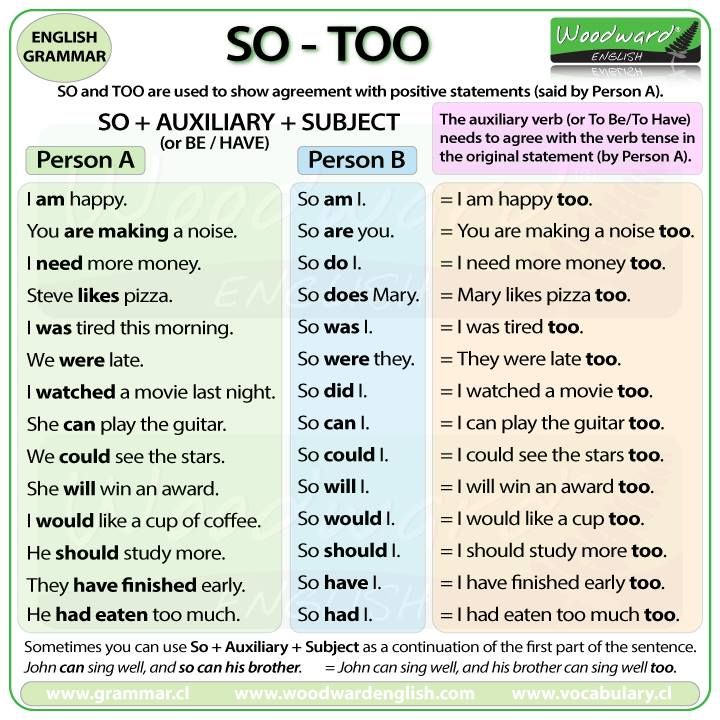 (The Tire Industry Association recommends getting a tire rotation every 5,000 to 7,000 miles.)
(The Tire Industry Association recommends getting a tire rotation every 5,000 to 7,000 miles.)Read: Tire Maintenance 101: Taking Care of Your Tire
6. Tire AgeNo matter the tread depth, if a tire is more than six years old, you should start thinking about replacement. That’s because the rubber compounds in a tire deteriorate over time, resulting in dry rot. Dry rot makes your tires more susceptible to blowouts and tread separation.
That’s because the rubber compounds in a tire deteriorate over time, resulting in dry rot. Dry rot makes your tires more susceptible to blowouts and tread separation.
Vehicle and tire manufacturers usually recommend replacing your tires if they are 6-10 years old, regardless of tread depth. But for most drivers in Northern Virginia, their tire tread will wear out before the tires get that old.
Don’t forget about your spare! Depending on how old your car is, you could be driving around with a spare tire long past its prime. If the tire is more than 10 years old, replace it.
Ready for New Tires?Bring your vehicle into Virginia Tire & Auto and we can assess the condition of your tires. If it turns out that you need a full replacement, we’ll help you choose the right tires for your vehicle and get you back on the road. You can also find tires using our online tool and schedule a visit at your convenience.
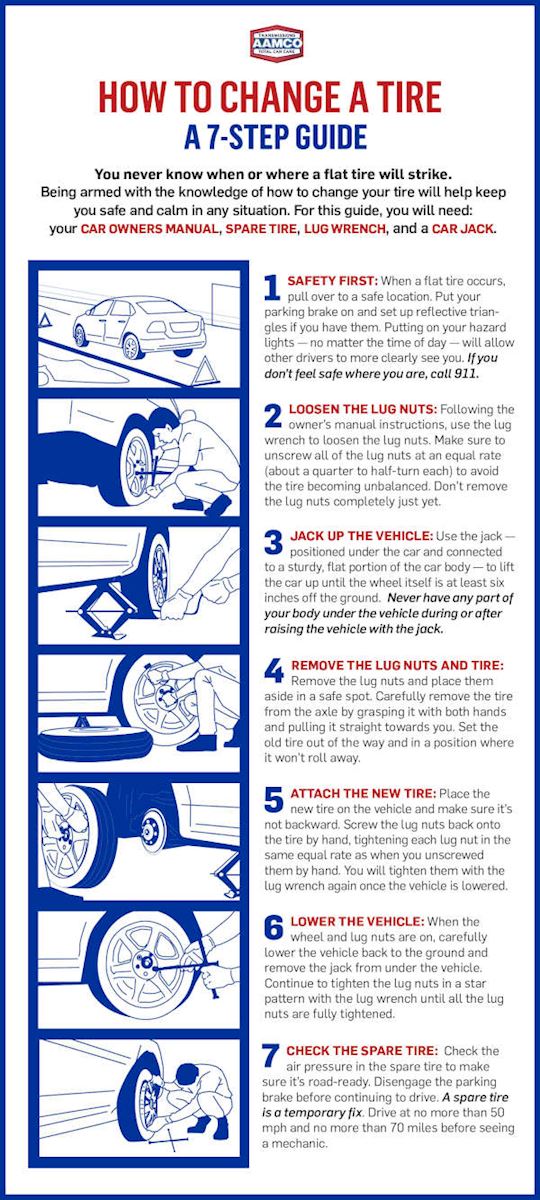
At the front, we took care of the food, so as to save the tire from the ears on our roads. At a time, we can look more often at the food of our clients - how many tires are left?
In order to give an opinion to the whole world, it is necessary to speak in the main speeches, and in itself, in order to lay down the run of tires. Dali these main officials, as they add to the mileage of tires:
As you can see from the crossroads, the tire bleeder can go in more than one of seven points.
Let's take a closer look at the leather man....
The world's industry at once shows a great breakthrough in the chemical industry. A lot of growers invest enormous resources in their development, both in a penny equivalent, and in human resources. There are millions of dollars and hundreds of scientists working on the creation of the skin component of the tire, like a simple upholsterer choosing a tiny tread. nine0003
There are millions of dollars and hundreds of scientists working on the creation of the skin component of the tire, like a simple upholsterer choosing a tiny tread. nine0003
What is the storehouse of the humous sum and how the wines are used for walking? Yak Rule, Sumysh is warehouse with deckkhokh component:
The combination of all these components is used on a wide range of tire parameters, including mileage.
Who wants to tell a lot of buyers to pay attention to the date of tire manufacturing. Moreover, there is a thought that we are “younger” tire, it is better than that. We sing you, what is wrong. Technology has advanced to such a level that tires can be saved and operated up to 10 years. The famous company Michelin Navitt launched a promo campaign “Tires are not bananas”, as a call to bring the buyers that the gum product is durable. Vyrobniki v_dpuskayut _ from the factory tires, like tizhnevoy prescription, so 3-4-x single, why do we change the skin time, if we take the car from the factory. With the right fit (in a closed place), the tire can be safely rolled 3 or 4 singles. In addition, guess what you think about the date of the production of silent blocks or other GTVs? nine0050
Vyrobniki v_dpuskayut _ from the factory tires, like tizhnevoy prescription, so 3-4-x single, why do we change the skin time, if we take the car from the factory. With the right fit (in a closed place), the tire can be safely rolled 3 or 4 singles. In addition, guess what you think about the date of the production of silent blocks or other GTVs? nine0050
Let's turn to the crazy crazy .... The USA came up with their own designation of endurance, the title of TREADWEAR. Vono is indicated in mental units, approximately 100 od. (for sports tires) up to 500 od. (eko shin). This showcase of shoes for tires, yakі go to the US market, our tires are far from worn on tires. Chi varto on a new orientation, or no, nutrition is rhetorical. For the ideal (same) minds of tire exploitation with the great meanings of TREADWEAR, “come out” more for everything, more, but what about in reality? nine0003
Read more….
Everything is simple here, the more car carrier, the less tire travel. Why so? More weight - more traction on the tire - more wear.
It's no secret that the aggressive coating style is a short term tire service. Rizki start and galvanization, turn on high speed - everything will speed up the wear. Shards of skin water have their own way of watering this official without intermediary pouring into the term of service and lie down only in front of you. nine0003
You can talk a lot here. Ale є dekіlka axioms. At the great city of the post, start that galmuvannya - minus before the test. The route - the more swidkosti, the more swedish wear. The optimal speed is 90-120 km/year.
The clerk is rich who is not insured, or may not know about it. Road pavement can be different, how to move: “asphalt, asphalt is broken”. Without going into detail about laying and bending asphalt, but the fact remains that different asphalt in different ways contributes to wear. If you know the water, you have wound hundreds of thousands of kilometers and you can say with absolute certainty that it’s more like a tire. nine0003
nine0003
Everything is Zrozumilo, Ale Tim Mensh Varto Zytnichiti, ShO REASTICAL COMPLIV ROZVAVAL IS SOMENSISH, PIDVISKIA, POSITIVE NOT LICHEMEDSHICH, ALE ILE ITS AND TO TALLS. I don't care.
In general, the screws are more inflated on the wire axle (axle). The experts of front-wheel drive vehicles know that the tire wear is greater in the front, so during seasonal replacement, they try to remember the front rear tires with the help of places, so as to reduce the wear. If you don’t work, then the difference in wear will be approximately 1 to 2, so the front tires wear 2 times more. The drivers of tight mono-drive cars singsongly stuck to the situation, if the tires on the wire axle were worn out during the season. Together - the more tightness and torque, the more pressure on the tire, the more wear. nine0003
We looked at this official in the front part of "Selecting Tires for Dirty Roads", we can guess that the tyre's tread needs to be trimmed within acceptable limits. As a rule, a decrease in pressure is carried out up to intensive wear of the shoulder zones, and advances - up to wear of the central part. The more occupancy of the car, the more you can squeeze in the tires.
As a rule, a decrease in pressure is carried out up to intensive wear of the shoulder zones, and advances - up to wear of the central part. The more occupancy of the car, the more you can squeeze in the tires.
We have looked at 7 main officials who are investing in tire wear. From the statistics it became clear that the clerk adds less than one clerk, while other clerks add the middle of the exploitation and the water itself. For this reason, the tire manufacturer does not give a guarantee for mileage and it is not possible to state for sure what kind of mileage the tire is insured for. In practice, there were fluctuations, if one and the same model (Michelin Latitude Tour HP) ran from 30 to 120 thousand. km. In the next article, read about the speed index and the profitability index, as well as other marks on the tire. Have fun on the roads! nine0050
How to properly break in studded tires so that they do not lose their effectiveness in winter.
Winter came - change your shoes and go. This rule is familiar to all drivers. However, with the advent of studded car tires, it had to be replaced with a new version: “Change your shoes, break in the tires and go wherever you want.” After all, even very expensive tires will let you down without running in - no manufacturer can guarantee uniform immersion of the studs into the tread. Therefore, every driver must learn the rules for changing seasonal tires and the subsequent running in of a winter or summer model. nine0003
As a general rule, summer tires are replaced with winter car shoes with the first cold snap, when the temperature drops below +7 °C. This recommendation is followed by both Europeans and Americans. After all, the summer tread loses elasticity even before the onset of serious frosts. Therefore, in place of hard tires for the warm season, soft models for winter are put on car rims.
Winter tire can be studded and smooth. According to the tread pattern, models for winter are divided into European (with a V-shaped notch) and Scandinavian (with diamonds and squares) options. nine0003
According to the tread pattern, models for winter are divided into European (with a V-shaped notch) and Scandinavian (with diamonds and squares) options. nine0003
Smooth European-style Velcro is chosen by residents of the southern regions or city dwellers living in the neighborhood with a well-established public service. They are designed for clean asphalt. The studded version is needed for driving on packed snow and icy roads. On such a track, a studded tire reduces braking distances by 25-30% and improves handling during difficult maneuvers, sharp turns or fast lane changes.
Running in studded tires is a mandatory procedure recommended by all winter tire manufacturers. The reason for this recommendation is hidden in the technological miscalculation - no manufacturer can insert studs into the tread, maintaining the same depth of immersion. And although the spread in the height of the stud above the tread level does not exceed hundredths of a millimeter, this defect is enough to reduce the driving characteristics and controllability of the car.
To avoid trouble on the road, the driver will have to run in a studded tire, driving on a winter road at low speed and without sudden maneuvers. Under the weight of the car and passengers, the spikes will fall into place, after which the driver can forget about all the restrictions and return to his usual driving style. nine0003
If you haven't experienced studded driving, running in will help you get used to the new acceleration and braking dynamics.

If you forgot to record the odometer reading - don't worry, you can track the duration of adaptation, focusing on the break-in indicator. On any new studded tire, you can see the indicator notch that surrounds the metal insert. When the indicator wears off on the asphalt, studded tires are considered ready for long trips. nine0003
The process of monitoring the indicator involves a thorough inspection of the tread. You can get additional benefit from this action by cleaning the tread with new spikes from pebbles and other foreign objects stuck in the cut. In addition, another control operation can be timed to the inspection of the indicator - checking the tire pressure.
If you put your car in a studded model, the tire pressure must correspond to the norm prescribed by the manufacturer. Too much or too little pressure causes the studs to fall out at the center or edges of the tread. Such a wheel is erased to the "bald head" during one winter season. A properly inflated tire will last 3-4 winters. nine0003
The correct pressure is determined by the vehicle manufacturer. Controllability, cross-country ability and even fuel consumption depend on this indicator. Therefore, the correct pressure depends on the weight of the machine, the permissible speed and even the time of year.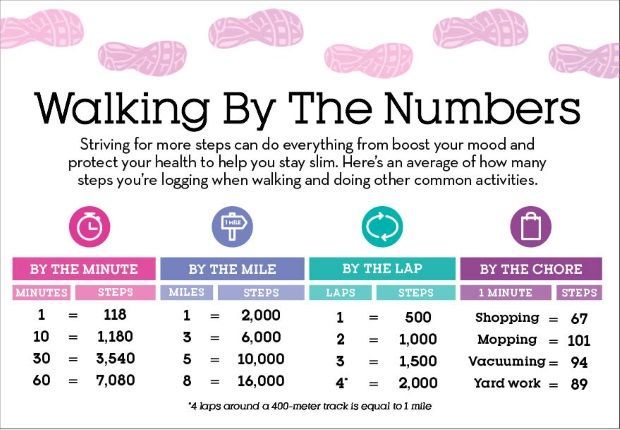
The correct tire pressure can be found in the manufacturer's manual or on a decal affixed under the gas cap or on the driver's door pillar. Moreover, this indicator is tied to the dimensions of the tire (diameter and width), the expected load and whether the wheel belongs to the front or rear axle. nine0003
Therefore, several values \u200b\u200bare indicated in the table (in bar or kgf / cm2) and if you are going to break in tires in the winter, you will not only have to pump up the tire to the correct pressure, but check this indicator at least once a week using a pressure gauge. Otherwise, the studded tread will lose most of the metal elements and will not be able to keep the car on ice.
Too much or too little pressure causes the tread indicators to wear unevenly.
Winter Drive protection
Tires Goodyear UltraGrip Arctic 2 SUV
Winter Drive protection
Rating:
4. 5
Tires Goodyear UltraGrip 600
Winter Drive Protection Sound Comfort
Rating:
4.5
Tires Goodyear UltraGrip Ice Arctic
Winter Drive protection
Tires Goodyear UltraGrip Arctic 2
Winter Drive Protection Sound Comfort
Rating:
4.5
Tires Goodyear UltraGrip Ice Arctic SUV
Winter
Rating:
4
Tires Goodyear Cargo UltraGrip 2
Even if you can boast of the right driving style, without skidding, slipping and other extreme sports, when choosing a route for running in a tread with spikes, you will have to follow these recommendations:

Of course, such ideal road conditions are found only in large metropolitan areas, but a good road can also be found in the regions. Therefore, try to erase the indicator on such a coating. In this case, the studded tread will last you twice as long as the rubber run in potholes and pits. nine0003
The use of new rubber compounds in tires reduces the period of adaptation of tires to the road, but neither winter nor summer tires can do without a break-in. True, for summer wheels, the adaptation period is 2-5 times shorter than for the winter version.
If you want to break in a new tire in winter, according to the rules, you will have to drive at least 500 kilometers at a speed of up to 60 km / h, spending 8-9hours. Summer rules are not as strict as winter recommendations: the speed limit is increased to 80-100 km/h, and the recommended distance is reduced to 100-200 kilometers. As a result, winter rules suggest erasing the indicator in 8-9 hours, and summer recommendations - in 1-3 hours.
As a result, winter rules suggest erasing the indicator in 8-9 hours, and summer recommendations - in 1-3 hours.
Regarding the requirements for driving style, the rules are unanimous - during the break-in of new tires, the driver must maintain a calm driving style.
To sum up all the rules of running-in, the final recommendations can be reduced to three pieces of advice:
If you don't know where the wear indicator is located, ask your auto parts and accessories store manager.